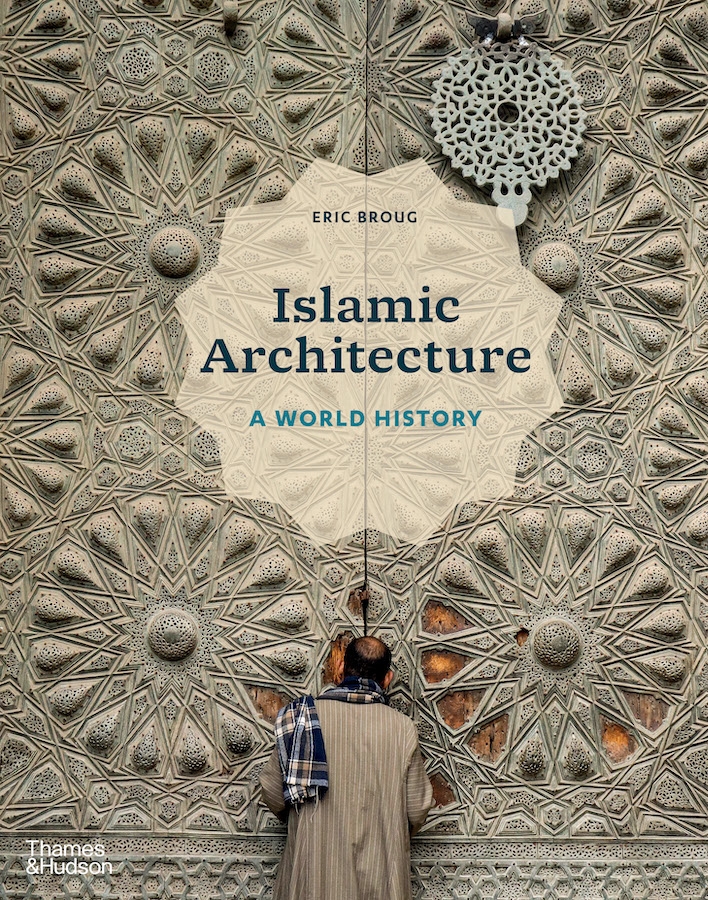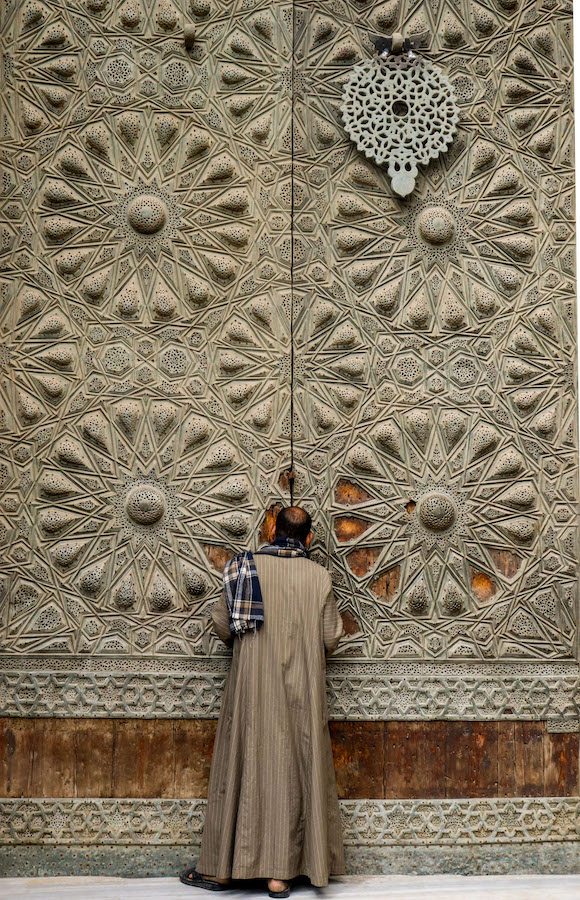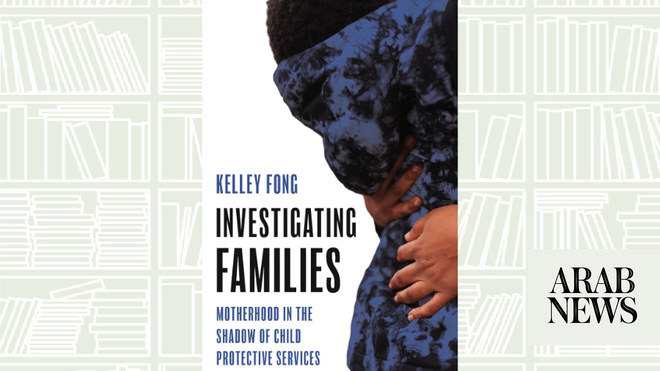DUBAI: When you think of Islamic architecture, what usually comes to mind are buildings located in the Arab world, with one or two famous exceptions. But a new book aims to shed light on lesser-known monuments both in and outside the region — all the way from Chile to China. “Islamic Architecture: A World History” was written by Dutch author Eric Broug, who has specialized in Islamic design for more than two decades.
Broug says he wanted to avoid concentrating on “the usual suspects” in his book.
“I love these buildings, but it’s always the Alhambra Palace (Granada), the Topkapi Palace (Istanbul)…” Broug tells Arab News from his base in the UK. “From an academic point of view, I always found it a bit silly to have such a narrow focus. I wanted to make it a global book. Let’s not pretend that everything stops being interesting after the 16th century — let’s carry on until the 21st century.”

Broug has succeeded in widening that focus. The book, published by Thames & Hudson, is full of jaw-dropping pictures of around 350 museums, mosques, mausoleums, tombs, bath houses, and other (not necessarily ‘religious’) buildings, from over 60 countries that vary in scale and aesthetics, and have been influenced by Islamic design, which Broug describes as providing “uninterrupted excellence for a millennium.”
He adds: “What I love about Islamic architecture is the creative exuberance and the imagination.”

He also acknowledges that the term ‘Islamic architecture’ — which reportedly “started” in Syria around 661 CE — is a contentious and nuanced one. Broug defines it as “architecture built in Islamic societies.” However, he adds, “There would need to be a little asterisk to that, because, what about all the mosques built in Holland, Belgium, or the UK?”
Broug’s selection process, he says, was “based on beauty, not just historical importance.” For instance, the Pink Mosque in the Philippines is draped head-to-toe in exuberant Barbie pink (the patron family’s favorite color), whereas the Haji Habib Mosque in Ethiopia is far less ostentatious — built of long wooden logs assembled by nomads.
Every building, though, tells a story of the people who built it — the conditions they lived in, as well as the natural resources available to them. Broug opens the book with a telling quote, inscribed on a building in Samarkand: “If you want to know about us, examine our buildings.”

